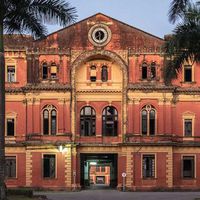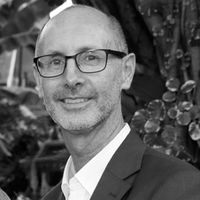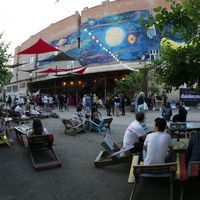Seoul's architectural heritage - going, going, gone?

Deutsche Welle reports on the struggle to preserve Seoul's architectural heritage. Within a generation, the South Korean capital has transformed from being a shantytown into a modern high-tech metropolis.
- When Eun Seon Park reflects on her childhood, she talks like a displaced person, who was robbed of her earliest memories. "The residents of Seoul usually have no home, it was taken away from them easily," says the 37-year-old. Her artist group "Listen to the City" is committed to preserving the remaining traces of the city's past. In Seoul this is nothing short of tilting at windmills.
- The Korean conglomerate "Lotte" has already received the approval of the city government to build another high-rise building in Okbaraji. Activist Park, however, says the struggle to preserve the historic neighborhood is far from being lost.
- For decades, the government's motto when it came to city planning seemed to be: "taller, faster and farther." Urban transformation swept across the East Asian country like an unstoppable force of nature.
- There is no building older then 100 years throughout the historic district of Seoul. One of the last streets from the Joseon Dynasty was demolished in 2009.
- On April 1, large parts of a neighborhood in the Okbaraji district were razed without any notice to the residents. Hours earlier, an elderly man had set himself on fire out of despair over his eviction. There are still some families living in the district, but it is unclear how far they can go to fight the construction companies.
The above are extracts from the Deutsche Welle article - Fabian Kretschmer reports from Seoul. Read the full article
Further information from Listen to the City:
- Resisting Seoul's brutal apart-ization
- Obaraji Alley - a cultural and literary space





